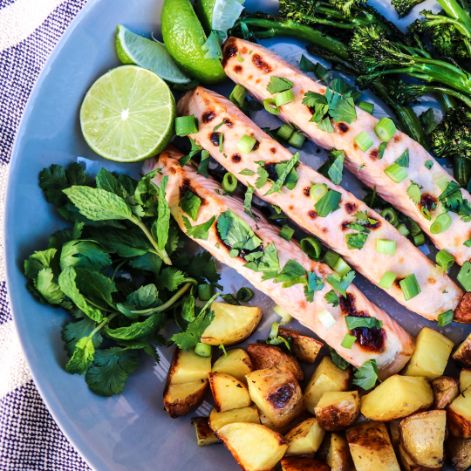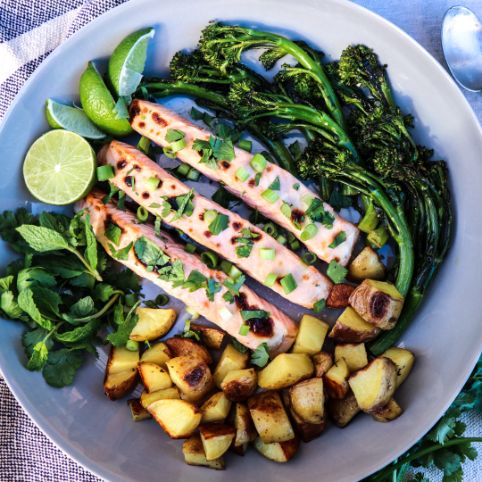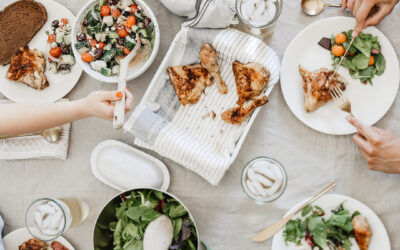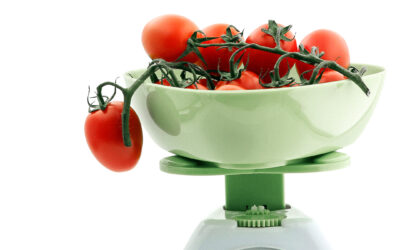For anyone who grew up in the Pacific Northwest (myself included), salmon is a staple of the diet, and we were lucky to have some of the best fish in the world at our fingertips. Finding good quality fish – particularly salmon – is much harder when living outside of the northernmost coastal states, (even in Florida, seafood is often flown in from Asia or other distant locations), and it seems like we are constantly bombarded with frightening media reports on fish-procuring precautions.

Here’s my advice on buying salmon:
- Wild Alaskan salmon is the gold standard. If you can find it and budget for it, go this route. (There are also several great packaged wild Alaskan salmon options available. Wild Planet is one I’ve bought and enjoyed.) Note that its expense is reflective of its rarity – treat it as a delicacy.
- Research has shown that it’s beneficial to eat fish 2-3 times per week, even if that fish is not wild Alaskan salmon. In other words, it’s better to eat fish than to avoid it because of worries regarding its safety.
- Mercury is a common concern with fish consumption. Fish with the highest levels of mercury include: shark, swordfish, king mackerel, and tilefish. Fish with lower levels of mercury include: shrimp, canned light tuna, salmon, pollock, and catfish. For most people, mercury from fish consumption should not be a health concern. However, pregnant women, those planning to become pregnant, nursing mothers, and young children should avoid fish with high levels of mercury and limit low-mercury containing fish to 12 ounces per week.
- Always ask about where and how your fish was raised before making the decision of whether to eat it.
- “Farmed fish” has a negative connotation, but sustainably farmed fish is becoming more and more of a ecological and healthful option, so it is certainly worth experimenting with.
- The Monterey Bay Seafood Watch is an excellent resource for fish consumerism.

Now to the recipe! Because my husband and I enjoy salmon so much, we are constantly on the hunt for easy new recipes. I love the subtle tropical flavors of this marinade, and the leftover sauce is delicious doused on just about anything. There’s no need to use all three types of suggested herbs, but I recommend using at least two for optimal flavor. The leftover salmon is delicious in a salad, scrambled eggs, or filling grain and vegetable bowl.
- 4 salmon filets, 5 ounces each (ask your fishmonger to cut the filets for you)
- 1 13.5 ounce can organic coconut milk (BPA free can)
- 1 clove garlic
- 1 inch cube ginger root, skin removed
- 1/2 teaspoon salt (plus more for salmon)
- zest of 1/2 lime
- 1 teaspoon honey (optional)
- 1 pinch chili flakes (to taste)
- 2 teaspoons fresh lime juice
- Fresh herbs: scallions, cilantro, mint, chopped
- Lime wedges for garnish
Combine the coconut milk, garlic, ginger, salt, lime zest, honey, and chili flakes in a high-powered blender, and blend until well incorporated. Pour the mixture into a sauce-pan, bring to a boil, then simmer for about 10 minutes, stirring occasionally. Turn off the heat, and let the mixture cool to room temperature, then stir in the lime juice.
Meanwhile, set the broiler to high, and place an oven rack in the top slot. Pat the salmon dry and place on a rimmed baking sheet. Dust each filet with salt and pepper, then liberally cover with coconut sauce – approximately 1-2 tablespoons per filet. Set aside the remaining coconut sauce.
Place the salmon in the top rack of the oven and broil for 4-8 minutes, until the skin is blistered and the salmon has reached your desired doneness. (I cooked mine for 5 minutes, and it was just barely cooked through – no rare parts but very tender.) Remove from the oven, and let rest for about 8 minutes before serving.
Sprinkle the salmon with fresh herbs, and serve with vegetables and grains that will soak up the leftover coconut sauce – broccoli, bok choy, rice, potatoes, and cauliflower are great options. Garnish with lime wedges.
*This dish saves very well and is a great option for batch cooking. To add some variety to your meals, use in salads, eggs, and filling veggie or grain bowls. Enjoy!



